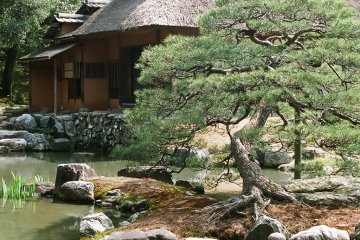

The Katsura Imperial Villa, or Katsura Detached Palace, is a villa with associated gardens and outbuildings in the western suburbs of Kyoto, Japan. It is one of Japan's most important large-scale cultural treasures. [Wikipedia]
A reservation is required to visit the Katsura Imperial Villa.

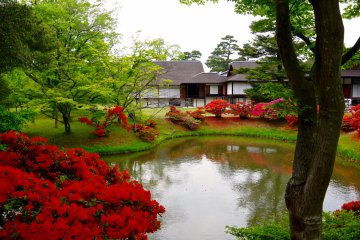
Katsura Imperial Villa, established by Imperial Prince Toshihito (1579-1629) and Toshitada (1619-1662), has many elaborate embellishments based on classical court culture. Simple yet beautiful.
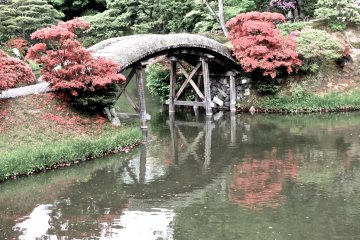
Strolling around the elegant Katsura Imperial Villa, it is easy to imagine what it might have been like in Japan hundreds of years ago.

Finding a great place to stay in any city is always a challenge. But nestled on a quiet street a brief walk from Kyoto Station, perfectly-located luxury accommodations await travelers.
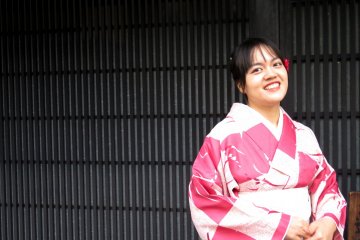
I have been to Kyoto a dozen times, but it is only now when it has sunk in, as to what this place is all is about.

The RIHGA Royal Hotel Kyoto completed a full-scale renovation in September 2016.
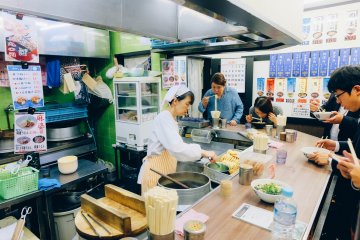
Miyako Soba is a small restaurant located in Saiinkozanjicho, just across by McDonald's near Saiin Station. It is well priced and located near Kawaramachi where people come and go day and night.
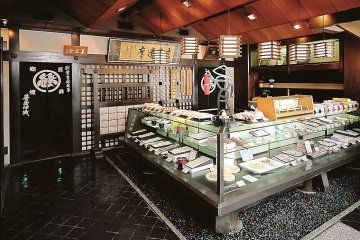
The names given to Wagashi are invariably connected with nature and the changing seasons.
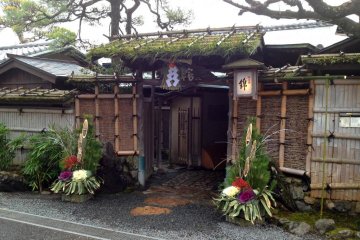
Nishiki is a fine restaurant on the Katsura River in the Arashiyama area of Kyoto. It is a fine place to enjoy Kawadoko Ryori in a traditional Japanese setting.
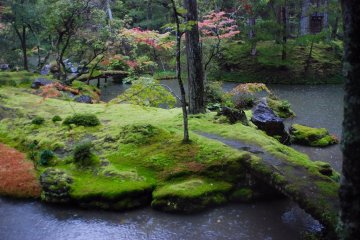
The Saihoji Temple was founded during the Nara period, about 1300 years ago, by the priest Gyōki at the request of the Emperor Shōmu, along with forty-nine other temples of the Hosso sect. In 1339, in the midst of the devastation of the post-war period, Musō Kokushi, then one of the most respected Zen priests in Japan, revived the temple as a Zen temple at the invitation of Fujiwara Chikahide (the chief priest of the Matsunō shrine). The complex with an area of 35,000 square meters is now one of the special historical sites and places of scenic beauty in Japan and was included in the list of World Heritage Sites by UNESCO in 1994 as a historical monument of ancient Kyoto. Because of the beautiful moss that covers the area, it is now popularly known as Kokedera (moss temple).

The Kyoto Railway Museum opened to the public on April 29, 2016, and is an opportunity to experience Japan's progress in modernization through its railway history in the city of Kyoto, where tradition is both valued and innovation is sought to continue. The basic concept of the museum is to become the "" center of the railway culture that advances along with its community. As a holistic railway museum, a multitude of cultural activities are offered, which not only delight railway fans, but also help visitors to deepen their understanding of the railway. This includes the design of subject areas in which one can find out about the safety and technology of the railway. In addition, guided tours by the museum staff and workshops prepared by JR-West staff.
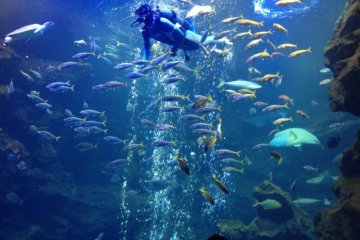
Kyoto Aquarium is located on the edge of Umekoji Park near Kyoto Station. The aquarium features 9 zones including penguins, seals and dolphin shows.